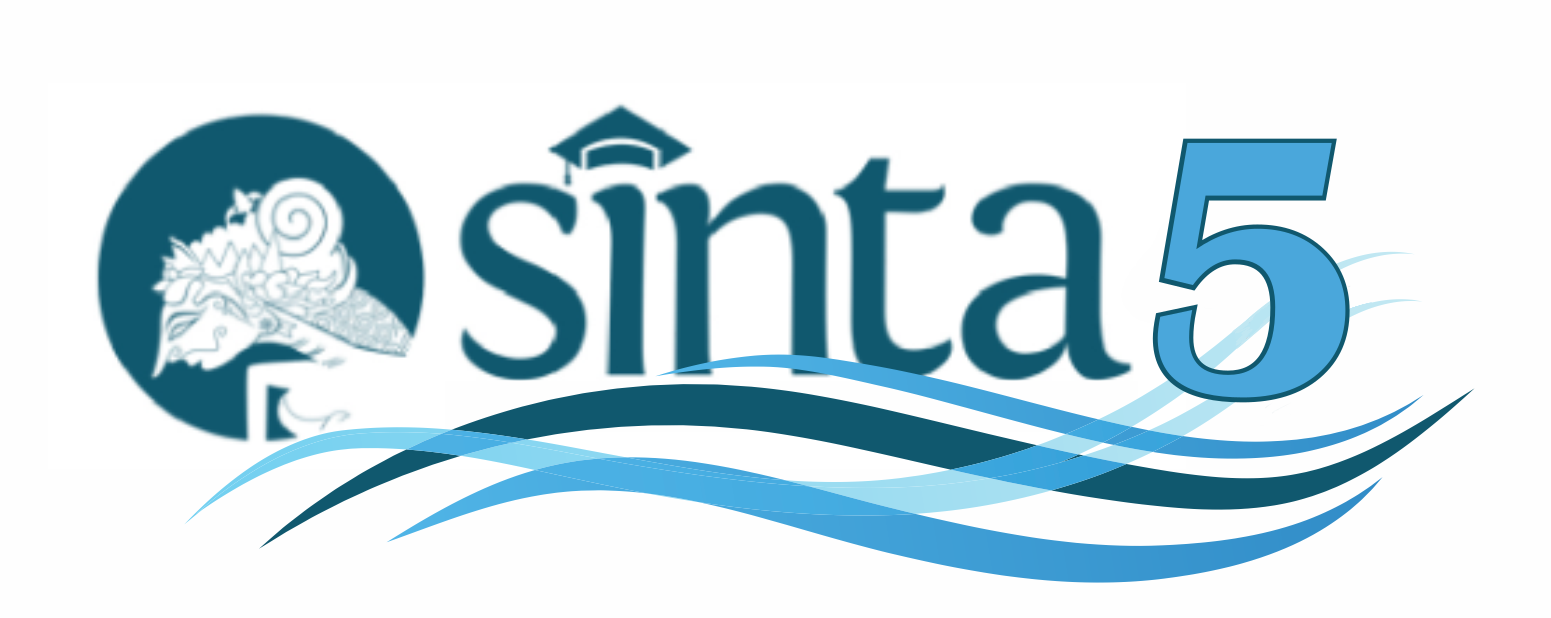Kajian Keberlanjutan Pengelolaan Sumberdaya Udang Galah (Macrobrachium rosenbergii) Berbasis Rapfish (Rapid Appraisal for Fisheries) di Kabupaten Sambas Kalimantan Barat.
DOI:
https://doi.org/10.31957/acr.v5i1.2264Abstract
Giant prawns are one of the leading commodities of the people of Sambas Regency. From a socio-cultural perspective, catching giant prawns has been going on for a long time and until now it has become a habit and a hobby which has even become an international event that is packaged in the form of a fishing competition. Indirectly, the giant prawn business expands and plays a role in moving other sectors, such as the tourism sector, either in the form of tours or culinary. Catching giant prawns in Sambas Regency is already intensive because it only depends on the fishing sub-sector and lasts all year round. This study aims to predict the current status of giant prawn resources in various dimensions in order to formulate strategic policies in sustainable management. Based on the results of the RAPFISH analysis on each dimension of sustainability, it can be concluded that the sustainability status of giant prawn (Macrobrachium rosenbergii) resource management in Sambas Regency, West Kalimantan, has a sustainability index value of 45.34. Sustainability status is in less sustainable condition or poor management status. The highest sustainability index value is found on the social dimension and the lowest on the institutional dimension. Of the five dimensions of sustainability, the social and ecological dimensions show results that are still supportive for the sustainability of the giant prawn (Macrobrachium rosenbergii) resource management in Sambas Regency, West Kalimantan. And the other three dimensions must be given special attention because the sustainability dimension has an impact on the sustainability of management with a less sustainable status or poor management status. Especially on the institutional dimension, it should be an evaluation for local governments. Based on the facts on the ground, there is no real formal institution in catching giant prawns, unlike fishing groups or other fish farming groups. That's why it is believed that in planning the development of fishing groups or fishing for giant prawns, it is currently impossible to do. So that in the future a formal regulation from the local government is needed regarding the business actors of catching giant prawns in Sambas Regency.
Downloads
References
Andriani, Indra MP, Edwarsyah. 2018. Status Keberlanjutan Pengelolaan Pelabuhan Perikanan Samudera Lampulo. Jurnal ilmiah Samudra Akuatik. Vol. 2 (2). Hal 22-29.
Buku Peta Okupasi Nasional Dalam Kerangka Kualifikasi Bidang Perikanan Tahun 2020. Kemenaker, Kadin Indonesia, KKP, Bappenas, BNSP.
Charles, T. 2001. Sustainable Fishery System. Blackwell Science. UK.
Fauza, A dan Anna, S. 2005. Pemodelan Sumberdaya Perikanan dan Kelautan. Jakarta: PT. Gramedia Pustaka Utama.
Hadie W, Hadie LE. 2017. Analisis Sistem Budidaya Untuk Mendukung Kebijakan Keberlanjutan Produksi Udang. Jurnal Kebijakan Perikanan Indonesia. Volume. 9 Nomor 1.
Hadie LE, Kusnendar E, Priono B, Dewi RRSPS, Hadie W. 2018. Strategi dan Kebijakan Produksi pada Budidaya Ikan Nila Berdaya Saing. Jurnal Kebijakan Perikanan Indonesia. Volume 10 Nomor 2.
Halim AAC. 2013. Status Keberlanjutan Pengelolaan Sumberdaya Ikan Terbang (Hirundicthys Oxycephalus) Berdasarkan Dimensi Ekologi, Biologi, Dan Teknologi Penangkapan Di Selat Makassar. Skripsi. Program Studi Manajemen Sumberdaya Perairan Jurusan Perikanan Fakultas Ilmu Kelautan Dan Perikanan Universitas Hasanuddin. Makassar.
Keputusan Menteri Ketenagakerjaan Republik Indonesia. 2016. No. 191. Tentang Penetapan Standar Kompetensi Kerja Nasional Indonesia Kategori Pertanian, Kehutanan dan Perikanan Golongan Pokok Perikanan Bidang Pembesaran Udang Galah.
Kusumastanto, T. 2000. Kuliah Ekonomi Sumberdaya Alam dan Lingkungan. Program Pascasarjana SPL-IPB.
Nababan BO, Sari YD, Hermawan M. 2007. Analisis Keberlanjutan Perikanan Tangkap Skala Kecil Di Kabupaten Tegal Jawa Tengah (Teknik Pendekatan Rapfish). Jurnal Bijak dan Riset Sosek. KP. Vol. 2.
Suryana A, Wiryawan B, Monintja AR, Wiyono WS. 2012. Analisis Keberlanjutan Rapfish Dalam Pengelolaan Sumber Daya, Ikan Kakap Merah (Lutjanus Sp.) Di Perairan Tanjung Pandan. Buletin PSP Volume 20 No. 1 Edisi Maret 2012. Hal. 45-59.
Samuel, Aida SN. 2008. Aktivitas Penangkapan dan Distribusi Udang Galah (Macrobrachium rosenbergii) di Aliran Sungai Kapus, Kalimantan Barat. Jurnal Lit. Perikanan Indo. Vol. 14. No. 2.
Utomo, A. D., K. A. Azis & I. Muchsin. 2002. Ruaya udang galah (Macrobrachium rosenbergii) dan kegiatan penangkapan dengan alat tuguk di Sungai Lempuing, Sumatera Selatan. Jurnal Ilmu-Ilmu Perairan dan Perikanan Indonesia. (2002). IX (1). 1-12 Fakultas Perikana.n Institut Pertanian Bogor. Bogor. Hal.:1-12.
Downloads
Published
Issue
Section
License
Authors who publish with this journal agree to the following terms:
- Authors retain copyright and grant the journal right of first publication with the work simultaneously
licensed under a Creative Commons Attribution-NonCommercial-ShareAlike 4.0 International License
that allows others to share the work with an acknowledgement of the work's authorship and initial
publication in this journal. - Authors are able to enter into separate, additional contractual arrangements for the non-exclusive
distribution of the journal's published version of the work (e.g., post it to an institutional repository
or publish it in a book), with an acknowledgement of its initial publication in this journal. - Authors are permitted and encouraged to post their work online (e.g., in institutional repositories or
on their website) prior to and during the submission process, as it can lead to productive exchanges,
as well as earlier and greater citation of published work (See The Effect of Open Access).




















